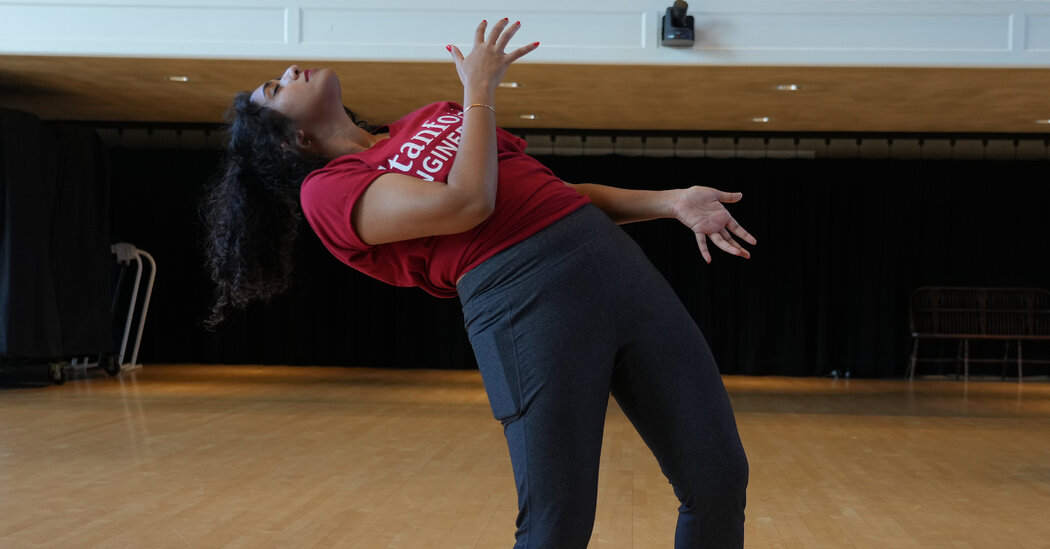Prescriptions for social activities, exercise and the arts — first popularized in Britain — are coming to America. But some experts say the U.S. health care system may get in the way.
Last spring, Tia Washington, 52, a mother of three in Dublin, Calif., received a stern warning from her doctor: If she didn’t quickly gain control of her high blood pressure, she was likely to end up in the emergency room.
He wrote a prescription for blood pressure medication and urged her to see a health coach, too. Ms. Washington reluctantly agreed.
“I didn’t want to die,” she said.
To her surprise, the health coach wanted to talk about more than vital signs. Ms. Washington found herself opening up about how she disliked doctors (and medications). How she tended to address the needs of work or family before her own. How her job had created “tremendous stress.”
Together, they decided that Ms. Washington would attend two weekly movement classes, check in regularly with a nurse practitioner and receive free fruits and vegetables from a “food as medicine” government program.
By the end of the conversation with the health coach, Ms. Washington said, the message was clear: “Tia, pay attention to yourself. You exist.”
Ms. Washington’s experience is just one example of how a practice called social prescribing is being explored in the United States, after being adopted in more than 20 other countries. The term “social prescription” was first popularized in Britain after it had been practiced there in various forms for decades. While there isn’t one universally accepted definition, social prescriptions generally aim to improve health and well-being by connecting people with nonclinical activities that address underlying problems, such as isolation, social stress and lack of nutritious food, which have been shown to play a crucial role in influencing who stays well and for how long.
